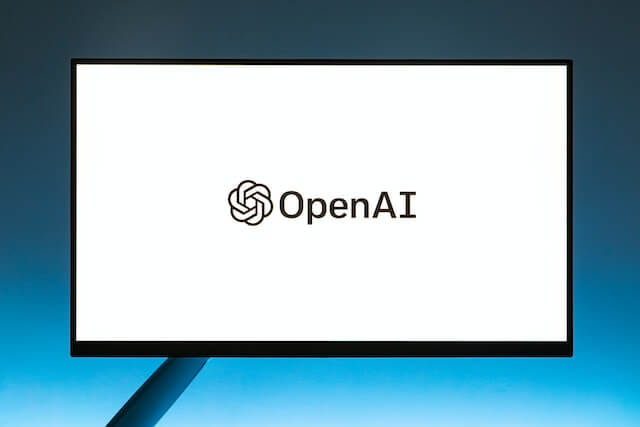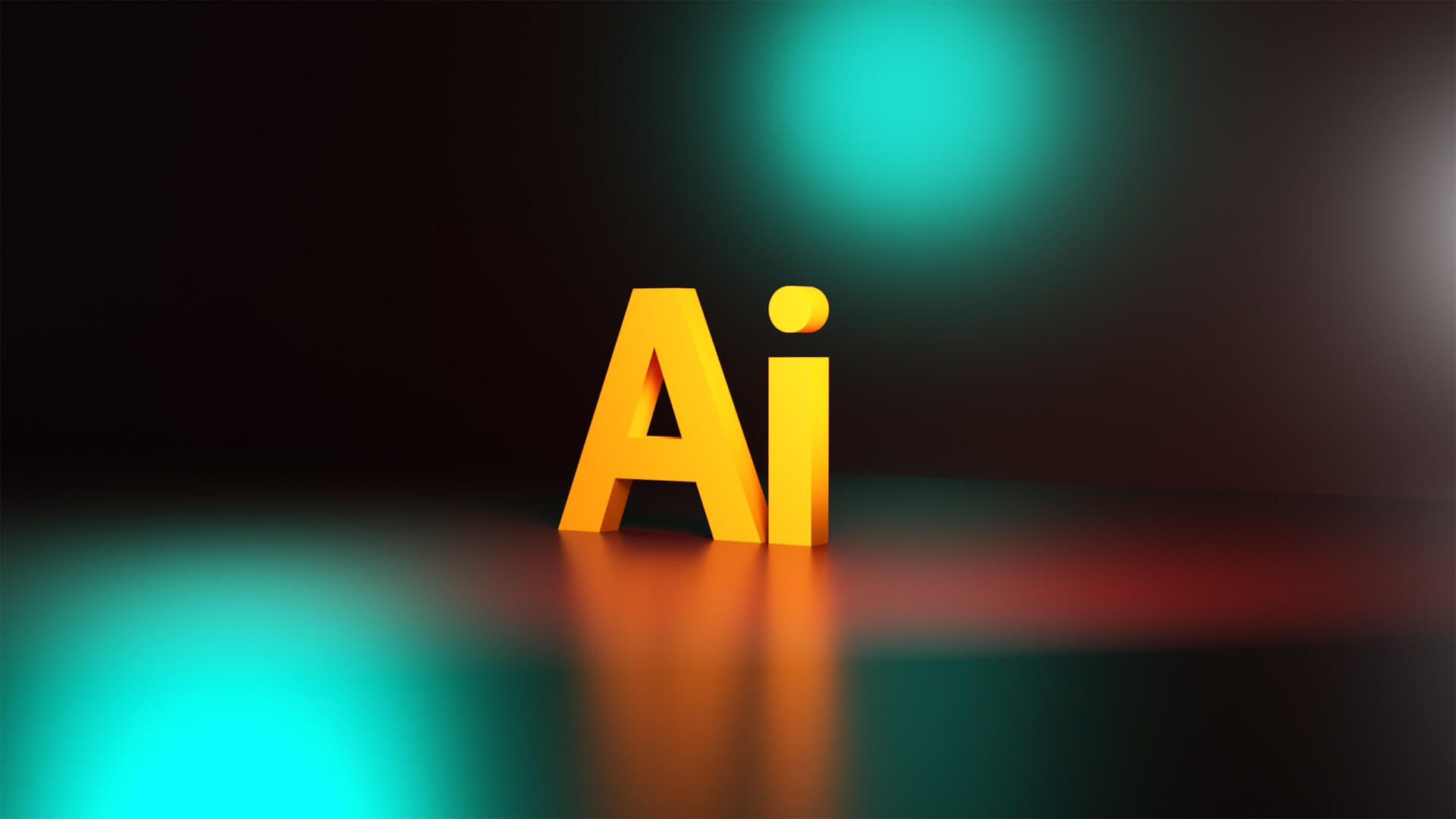1, AI basic terminology
Neural network
Essentially, a neural network is a combination of a large number of dots and lines: the dots represent the data and the lines are the statistical relationships between the values. Like the human brain, this basic principle can build a multi-functional system: quickly receive input, then pass it through the network and generate output.
Model
A model is a collection of concrete code that takes inputs and returns outputs. In AI, a model can refer to a complete system such as ChatGPT, or almost any AI or machine learning structure, for any purpose or function.
Training
To create an AI model, a large amount of information contained in a dataset or corpus is "fed" to the neural network that forms the basis of the system. In the process, the vast network creates a statistical representation of that data. The training process is also the most computationally intensive, often requiring weeks or even months of operation on large-scale, high-performance computers.

Inference
Inference, is the process by which the model actually works: leading the way in reasoning about the available evidence in order to reach a conclusion.AI models are connecting the various data points ingested in a statistical sense, and predicting where the next point will be located accordingly.
2. AI buzzwords
Large language model (LLM)
Large language modeling has become the most influential and versatile form of AI today, with almost all of the text and English literary material that makes up the web being included in the training. What has been trained as a result is a massive set of underlying models. Large language models are capable of talking and answering questions in natural language, mimicking various styles and types of written documents, and results such as ChatGPT, Claude, and LLaMa have demonstrated their power.
Foundation model
Training giant models from scratch on top of huge datasets is undoubtedly an expensive and complex process, and should certainly be avoided. A foundation model is a large model trained from scratch and requires a supercomputer to carry it; however, we can often reduce the number of parameters in it and streamline it to fit smaller carriers.

Fine tuning
Basic models like GPT-4 are very clever, but only "generalists" in design. It can be used for everything from literary masterpieces to fantasy stories. But if you ask it to help you put together a resume for job credit, it won't perform as well as the average high school student. The good news is that we can use a specialized dataset to do a little extra training on the model, a process known as model fine-tuning.
Diffusion
Image generation can be accomplished in a number of ways, but the most successful approach to date has been the "diffusion" technique. When a diffusion model is trained by presenting images, these images are degraded by the addition of digital noise until the original image is gone. By observing the process, the diffusion model learns how to perform the process in reverse, gradually adding details to the pure noise to form a predefined arbitrary image.
Hallucination
The original concept of "hallucination" refers to the situation where a model intersperses its output with content completely unrelated to the input. For example, because the training material contained a lot of dogs, the model would occasionally use dogs as textures on buildings. It is speculated that today's AI hallucinations stem from a lack of sufficient data in the training set, or conflicting data content, so that it can only make up plausible conclusions.
General Artificial Intelligence (AGI)
General Artificial Intelligence, also known as Strong AI, doesn't really have a clear conceptual definition. Explained in the simplest terms, it is an intelligence that is strong enough not only to do a lot of work for humans, but even to learn and improve itself like humans.

3, AI major players
OpenAI
The most famous player in the AI field today is undoubtedly OpenAI, which, as its name suggests, emphasizes on sharing its research results with the public. But after some success, OpenAI decided to reorganize itself into a more traditional for-profit company, opening up access to high-level language models such as ChatGPT to users through APIs and applications.
Microsoft.
Microsoft has actually contributed quite a bit to AI research, but for various reasons hasn't really been able to turn its experiments into real-world products. But its wisest move was to invest in OpenAI early on and establish a long-term partnership with the latter. Microsoft has now introduced the ChatGPT feature on its Bing search engine.
Google.
It's important to recognize that the invention of Google researchers that set the stage for today's full-blown AI explosion is tarnsformer. today, Google is working on its own big language models and other intelligences. After wasting a lot of time and money pushing AI assistants over the last decade to no avail, Google is catching up.
Anthropic
After OpenAI "betrayed" the open source community, siblings Dario and Daniela Amodei ran away and founded Anthropic to create an open and more ethically responsible AI research organization. With ample funding, they have developed into a strong competitor to OpenAI, but their Claude model is not yet a match for GPT in terms of popularity and visibility.
